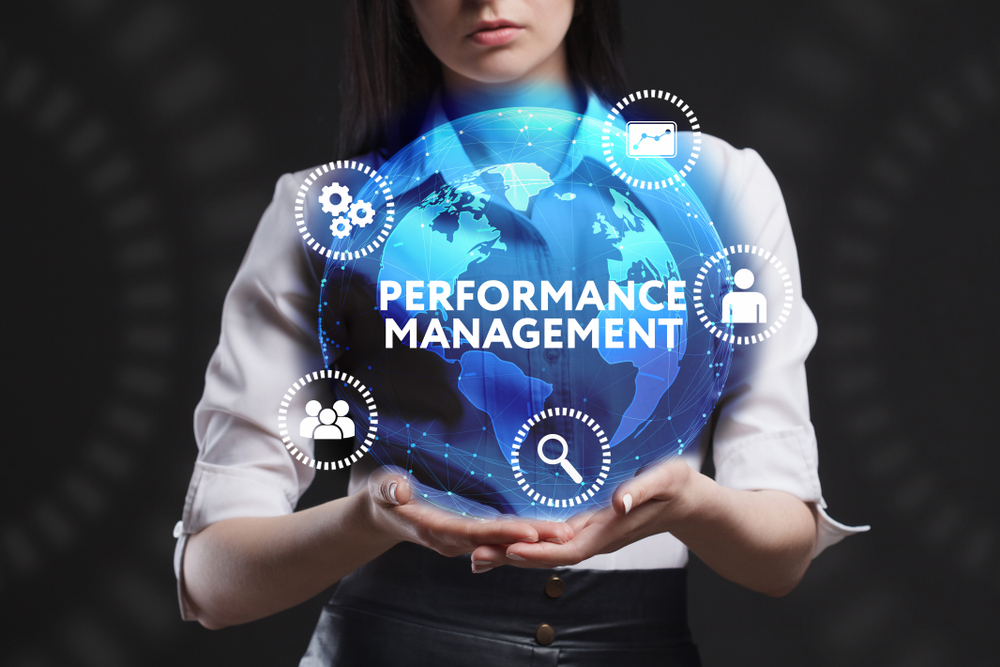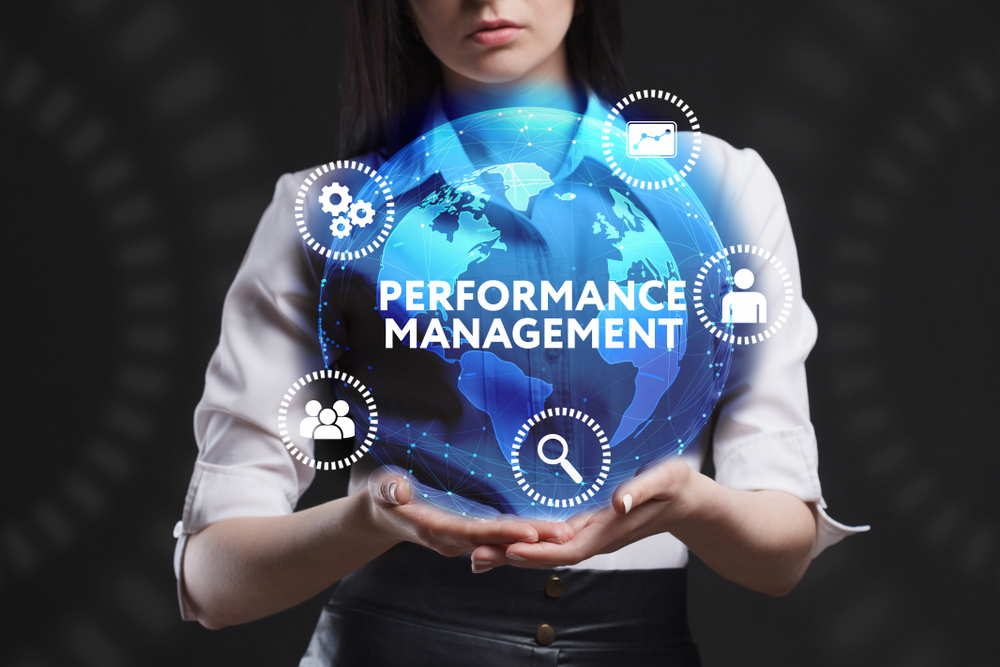Managing performance has always been a challenge—easy to talk about but so hard to do right. Over the years, as companies have struggled to determine how to effectively assess their teams, we have seen performance management evolve. Ratings have come and gone, and frequency of reviews has changed—all in an attempt to perfect the science of performance management.
2020 is a year that is challenging us in so many ways. In late April, Robert Half International found that 77% of Americans who normally work in office environments were working from home—more than three times the figure from just 2 years ago.
With so many employees now working remotely for the foreseeable future, managing employees and their performance has taken a whole new turn. While some companies that already had a distributed workforce may not find this transition dramatic, I believe there are some fundamental considerations upon which all of us should reflect—managers and employees alike.
4 Tips for Remote Performance Management
1. Share ownership of performance. More often than not, it is the manager who takes the lead in providing feedback to his or her employees. I believe there is so much power in the employee taking the initiative to talk about career aspirations, ask for feedback, and work along with his or her managers to make the team more effective. It becomes a team effort—an ongoing conversation versus a single event.
2. Intentional, more frequent communication. With so much of the workforce telecommuting, we are missing fundamental day-to-day human interaction such as conversations over coffee and nonverbal cues to assess how we are doing. Managers need to be more intentional and transparent in providing ongoing feedback to their employees. They have to be factual, crisp, and clear—but they must also listen. We should no longer wait for an event, such as the (sometimes dreaded) “annual review.”
On the contrary, managers should take advantage of ongoing interactions with their employees to let them know how they are doing. Make it a dialogue, part of your regular one-to-one discussions, or even informal “catch up” calls.
3. Ask your employees how they feel. We cannot underestimate how hard it is for employees to adapt to remote working. We are all adjusting in so many ways. Managers who care take the time to listen and help their teams collectively be more effective. As a result, they’ll also have a more engaged and higher-performing workforce.
4. Having those hard conversations. Let’s admit this: Performance conversations are tough regardless, but they become even more challenging when handled remotely. My simple recommendation is not to delay these conversations, even if the employee’s teleworking situation is temporary.
It is often said that feedback is a gift, and I believe this is true. The sooner managers can discuss areas of opportunity or improvement with their employees, the better it is for everyone. As a manager, you are giving your employees the chance to address something of which they may not even be aware. And it gives the employees time for self-reflection.
Ultimately, I believe the more performance management becomes embedded in our everyday corporate culture, the more effective an organization will be. It starts with frequent, open, transparent communication—and this can be done regardless of our physical location.
Eva Majercsik is the chief people officer for Genesys, a global customer experience and contact center solutions provider. She is based in the company’s headquarters in Daly City, California (San Francisco Bay area), and can be reached at eva.majercsik@genesys.com or through @genesys on Twitter.
The post The New Normal of Remote Performance Management appeared first on HR Daily Advisor.

